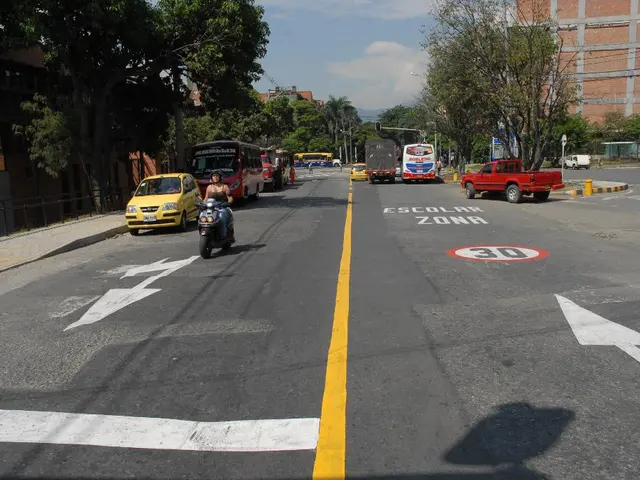Romania's public deficit likely to surpass 8% of its GDP, according to UniCredit predictions for this year.
The Romanian government is facing a series of challenges as it strives to meet the 2026 deficit target of 6.4% of GDP. A report by UniCredit Romania indicates that achieving this goal may require significant spending cuts and efficiency gains, but it could also come at the expense of public investments.
One of the main obstacles is the high current deficit, which is estimated to be above 8% of GDP in 2025. This necessitates substantial fiscal consolidation. However, maintaining pensions and public wages unchanged amid rising prices could lead to enormous social tensions due to public frustration over purchasing power erosion. Failure to reform special pensions and address fiscal inefficiencies could further reduce fiscal space and worsen social dissatisfaction.
The reform of state-owned enterprises and local administration is crucial to maintain fiscal space for wage and pension adjustments. The government is preparing two reform packages, focusing on spending cuts and public administration efficiency. However, local administrators and mayors have expressed dissatisfaction with proposed austerity measures, highlighting political challenges in reform implementation.
Potential cutbacks in public investments could slow or halt infrastructure and development projects. However, officials have stated that ongoing projects funded by the National Recovery and Resilience Plan will not be stopped if underway, only those not yet started may face funding delays.
The success of these reform packages is essential to ensure fiscal space for limited wage and pension adjustments. Failure to address the special pensions' issue would further aggravate public frustration. Social tensions might arise if the government fails to address the rising prices and maintain pensions and public wages.
In summary, the challenges facing the Romanian government include a high current deficit, social tensions due to wage and pension freezes amid inflation, the need to reform local administration and special pensions, potential cutbacks in public investments, and political resistance from local authorities. The overall impact could be slower economic growth due to fiscal tightening, heightened social tensions if income support is frozen during inflation, and challenges in balancing fiscal discipline with the need for public investment and reforms.
Romania’s success hinges on passing effective reforms and managing social expectations during this fiscal consolidation phase. Attention is shifting towards meeting the 2026 deficit target, but the report does not expect the current situation to trigger rating actions. The report does not specify the exact reasons for the expected overshoot of the 7% GDP target.
[1] UniCredit Romania, "Romania's 2022 Budget: Targeting 8% GDP, but at What Cost?", December 2021. [2] European Commission, "Romania: 2022 National Reform Programme", November 2021. [3] Government of Romania, "Reform Packages of the Romanian Government", February 2022. [4] Association of Mayors and Local Councils in Romania, "Statement on the Proposed Austerity Measures", March 2022.
- To meet the 2026 deficit target, the Romanian government might need to focus on improving finance and business efficiency, as achieving the goal may require significant spending cuts and gain efficiency.
- The potential cutbacks in public investments, such as infrastructure and development projects, could have a significant impact on the business sector and overall economic growth in Romania.






